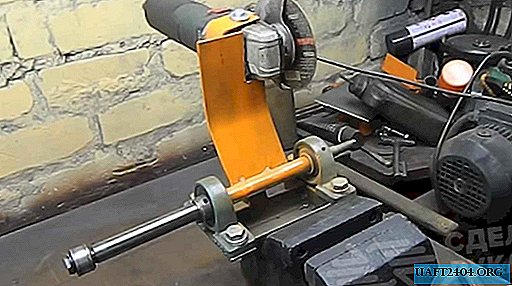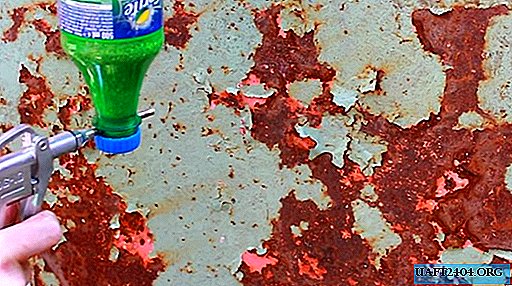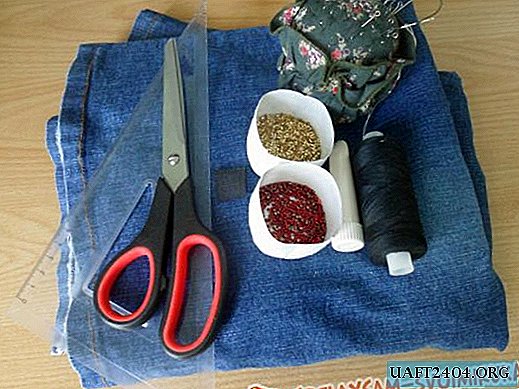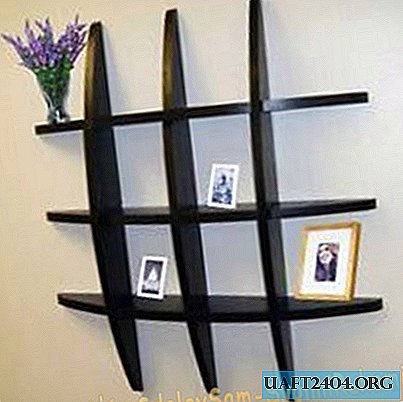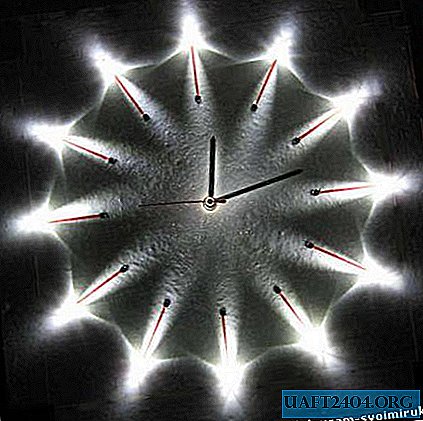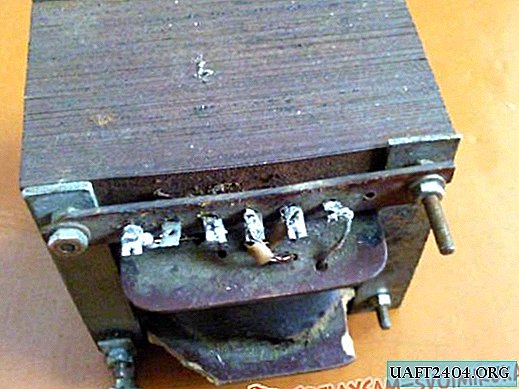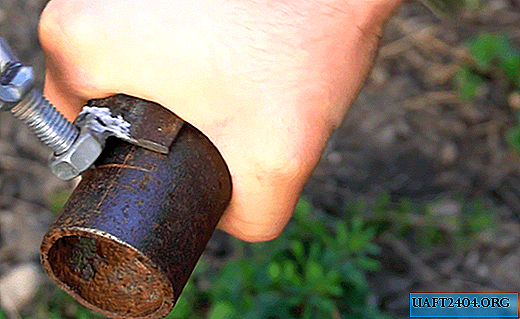Share
Pin
Tweet
Send
Share
Send
Will need
You should prepare in advance for the upcoming work and collect the following materials and items:
- flower pot with tray;
- tin can;
- gas burner;
- aluminum scrap;
- a couple of bricks.

To make elements of a mini-smelting furnace, to control the process of melting and casting, we will need a drill with a set of drills, a drill with nozzles, a screwdriver, pliers and a steel mold for casting.
The process of manufacturing furnace elements
In both factory and home-made melting furnaces, one of the main functions is the lining, retaining the thermal energy within itself, and with the help of which the metal is melted in the crucible.
As a lining, we choose a flower pot - ceramic or clay. Both of these materials have a low coefficient of thermal conductivity and therefore they are able to fulfill the functions of a lining.
Only in the lower part of the pot on the side is it necessary to make a hole for supplying thermal energy to the crucible placed inside. As a cover we use a pallet that comes with the pot.

Now we start directly to work. Using a marker, draw the contour of the hole at the bottom of the pot into which the gas burner will be inserted.
With the help of a drill, we begin to drill a hole first with a thin drill to set the direction, then with an average diameter and, finally, a large one.

Next, to refine the hole to the desired shape and diameter, we use a pneumatic drill with a mill. We suck out fine dust with a vacuum cleaner.

We try on the head of the gas burner and make sure that the hole is quite suitable for this.

From an ordinary can we make a crucible. To do this, remove the flange with a dremel with a cutting disc, which will prevent the molten metal from pouring into the mold. Also remove the paper sticker from the can.

Furnace assembly process
We fill the improvised crucible with aluminum crowbar and put it in the center of the flower pot with a hole on its side, which, in turn, is mounted on a regular red brick.


In the hole in the pot, we install the head of a gas burner, under which, to ensure horizontalness, we also lay an ordinary brick.
The gas burner is connected via a hose to a cylinder with a combustible gas, for example propane.

Metal melting process
We open the valve on the burner and set fire to the gas exiting the head. We insert the head into the hole in the pot and adjust the flame in direction and intensity.

After that, we cover the pot with a crucible filled with aluminum crowbar, a tray that acts as a lid.


We continue the melting process until all the scrap goes into a liquid state. Before melting is completed, removing the lid, using a screwdriver, remove slag and dirt from the surface of the molten metal.
Turn off the gas supply and remove the burner from the hole.
Aluminum casting process
In advance, next to the melting furnace, we install a casting mold made of steel on a refractory support.
Using ticks, grab the edge of the tin can with aluminum melted inside and pour the contents into the mold.


We give the metal some time so that it completely cools and crystallizes in the form.
After that, we capture the form with ticks and shake out the casting into a metal trough.
We make sure that the casting has the correct rectangular shape, a dense uniform surface structure without inclusions and defects.
Our home-made melting furnace is also in order, apart from the thermal cracks in the pot from the heat.

Share
Pin
Tweet
Send
Share
Send

